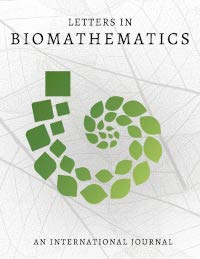An SIRS Pulse Vaccination Model with Nonlinear Incidence Rate and Time Delay
DOI:
https://doi.org/10.30707/Keywords:
epidemic models, global attractiveness, spectral radius, the Poincaré map, pulse vaccination system (PVS)Abstract
In this paper, we investigate the effectiveness of pulse vaccination as a control strategy for a time-delayed SIRS epidemic model with varying population size. The dynamics of the infectious disease are closely tied to the basic reproduction number, denoted as R0. Traditional epidemic models evaluate R0 using the next generation matrix, but this approach is unsuitable for non-autonomous systems. As our study focuses on pulse vaccination strategies, our system naturally falls into the non-autonomous category. To address this, we adopt a general approach that derives R0 in terms of spectral radii of Poincaré maps. Furthermore, we demonstrate the existence of an infectious-free periodic solution and establish its global attractiveness for R0 < 1 while highlighting the persistence of the infectious disease for R0 > 1. Lastly, we conduct a comprehensive sensitivity analysis for R0 under the framework of the Holling type II functional response.
